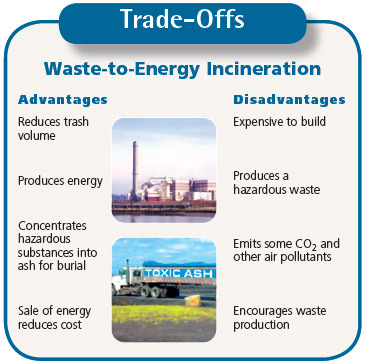

Liquid carbon dioxide forms only at pressures above 5.1 atm the triple point of carbon dioxide is about 518 kPa at −56.6 ☌ (See phase diagram, above). The largest non-cooling use for dry ice is blast cleaning. It can often be found in grocery stores and laboratories, and it is also used in the shipping industry. A convenient property for this purpose is that solid carbon dioxide sublimes directly into the gas phase leaving no liquid. Dry ice is commonly used as a cooling agent, and it is relatively inexpensive. It was first observed in 1825 by the French chemist Charles Thilorier. Solid carbon dioxide is normally called " dry ice", a generic trademark. It has no electrical dipole, and as it is fully oxidized, it is moderately reactive and is non-flammable, but will support the combustion of metals such as magnesium.Īt −78.51° C or -109.3° F, carbon dioxide changes directly from a solid phase to a gaseous phase through sublimation, or from gaseous to solid through deposition. The carbon dioxide molecule (O=C=O) contains two double bonds and has a linear shape. Īt standard temperature and pressure, the density of carbon dioxide is around 1.98 kg/m³, about 1.5 times that of air. Amounts above 5,000 ppm are considered very unhealthy, and those above about 50,000 ppm (equal to 5% by volume) are considered dangerous to animal life. This sensation can also occur during an attempt to stifle a burp after drinking a carbonated beverage. These effects result from the gas dissolving in the mucous membranes and saliva, forming a weak solution of carbonic acid. When inhaled at concentrations much higher than usual atmospheric levels, it can produce a sour taste in the mouth and a stinging sensation in the nose and throat. įor more details on this topic, see Carbon dioxide (data page).Ĭarbon dioxide is a colorless, odorless gas. Concentrations of 7% to 10% cause dizziness, headache, visual and hearing dysfunction, and unconsciousness within a few minutes to an hour. In its solid state, carbon dioxide is commonly called dry ice.ĬO 2 is an acidic oxide: an aqueous solution turns litmus from blue to pink.ĬO 2 is toxic in higher concentrations: 1% (10,000 ppm) will make some people feel drowsy. At 1 atm the gas deposits directly to a solid at temperatures below -78 ☌ and the solid sublimes directly to a gas above -78 ☌. Large amounts of carbon dioxide are emitted from volcanoes and other geothermal processes such as hot springs and geysers and by the dissolution of carbonates in crustal rocks.Ĭarbon dioxide has no liquid state at pressures below 5.1 atm. Carbon dioxide is generated as a by-product of the combustion of fossil fuels or the burning of vegetable matter, among other chemical processes. It is, therefore, a major component of the carbon cycle. It is produced during respiration by plants, and by all animals, fungi and microorganisms that depend on living and decaying plants for food, either directly or indirectly. Carbon dioxide is a greenhouse gas as it transmits visible light but absorbs strongly in the infrared and near-infrared.Ĭarbon dioxide is used by plants during photosynthesis to make sugars which may either be consumed again in respiration or used as the raw material to produce polysaccharides such as starch and cellulose, proteins and the wide variety of other organic compounds required for plant growth and development. Concentrations of carbon dioxide fall during the northern spring and summer as plants consume the gas, and rise during the northern autumn and winter as plants go dormant, die and decay. Atmospheric concentrations of carbon dioxide fluctuate slightly with the change of the seasons, driven primarily by seasonal plant growth in the Northern Hemisphere. Within the atmosphere it is currently at a globally averaged concentration of approximately 387 ppm by volume.

It is a gas at standard temperature and pressure and exists in Earth's atmosphere in this state. Carbon monoxide carbon suboxide dicarbon monoxide carbon trioxideĮxcept where noted otherwise, data are given forĬarbon dioxide ( chemical formula: CO 2) is a chemical compound composed of two oxygen atoms covalently bonded to a single carbon atom.


 0 kommentar(er)
0 kommentar(er)
